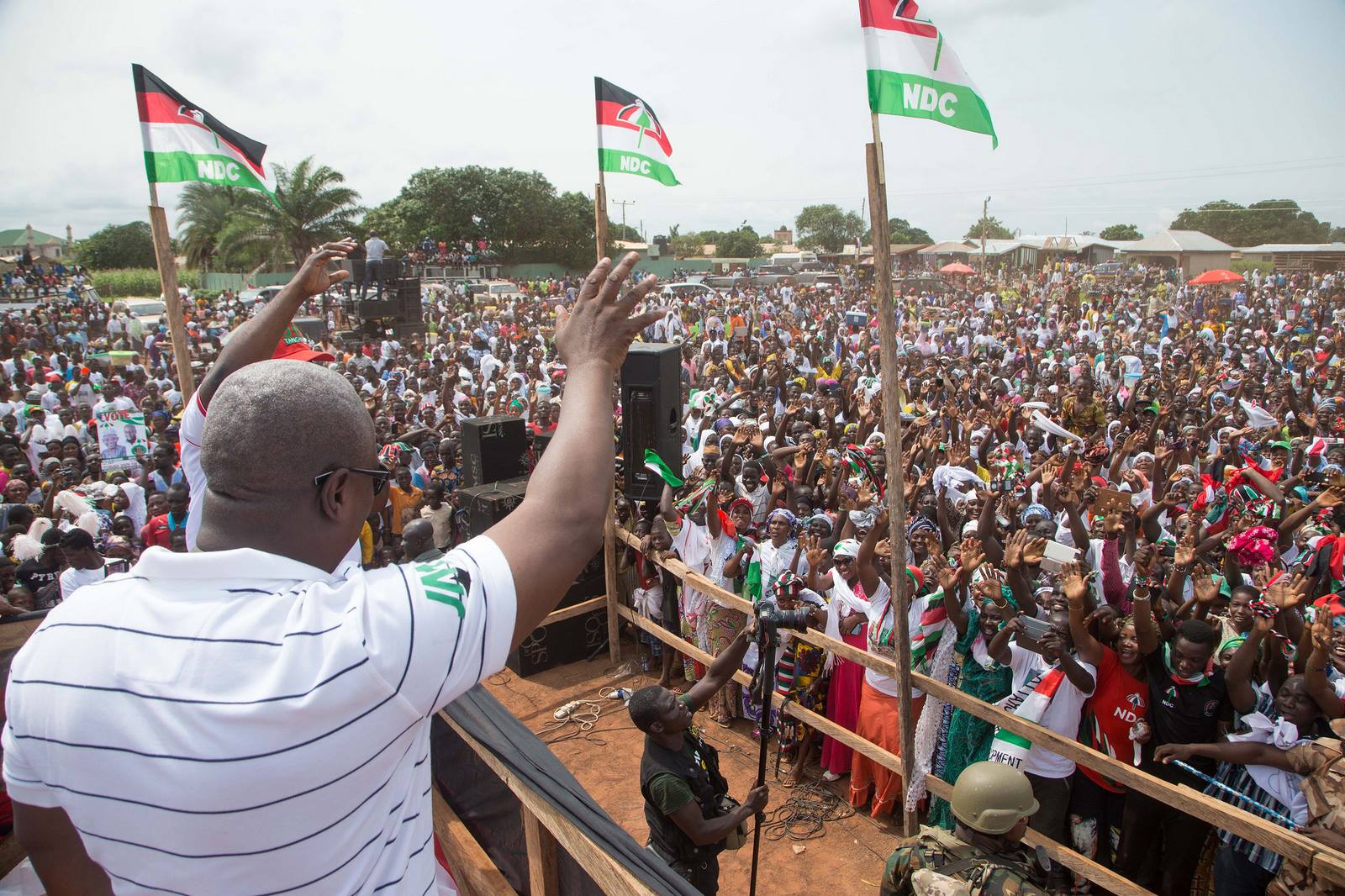To predict how Ghana will look like on 13th September 2020, following a victory at the polls for the National Democratic Congress (NDC) on 7th December 2016, we first need to look at the biggest risks facing NDC rule on 13th September 2016.
There has been a sustained trading of accusations between the NDC and the political opposition. Various interest groups in support of and opposed to the NDC have also made all sorts of claims over the last seven and three-quarter years about the character of the NDC’s governance.
But there are three issues or factors that have emerged over the last five years of NDC rule, which are supported by such objective evidence that no one, not even the NDC’s most loyal supporters, can wholly dismiss.
Not in any particular order, the three factors are:
Rising Public Debt
The escalating rate of public debt growth as measured by debt-to-GDP ratio data is a subject that has fostered a lot of controversies. From December 31st, 2008, to date, Ghana’s debt to GDP ratio has increased from 32.3% to roughly 70% (Note that by benchmarking against GDP, several variables that normally interfere when comparing economic variables at different points of time disappear.). In contrast, Nigeria has a debt to GDP ratio of about 13%. Cote D’Ivoire has a debt to GDP ratio of about 42%. Kenya has a debt to GDP ratio of about 52%. IMF Debt sustainability analysis shows that over the medium-term horizon all three countries have a declining profile of total public debt to GDP ratio. These are some of the key countries we are typically grouped with when investors are sizing up frontier economies. That we are not only such a glaring outlier today but is projected to get worse should worry us immensely. As we will show later, the trajectory of our debt growth is far from benign. This factor is a major determinant of the fiscal leeway of the NDC government.
Waste & Leakages
The alarming rise in the level of resource misapplication through maladministration; documented corruption (SADA, GYEEDA, SMARTYS, etc.); poor value for money transactions (Ameri, etc); weak state defense against contractual liabilities (eg. The ‘judgment debts’ saga) and costs incurred through poor planning, tracks the adverse findings of Auditor General reports of the last 5 years (showing compounded growth of more than 250% in the scale of financial regularities). This factor is a major determinant of the spending efficiency of the NDC government.
Slowing GDP Growth
Between 2005 and 2011, it was quite difficult to plot a clear and consistent curve for GDP growth in Ghana. The rate declined from 5.9% to 4.35% in 2007, rose to 7.9 in 2010, and then climbed up even further to an all-time high of 14% following the discovery of oil. The most consistent 5-year fall in GDP growth we have however witnessed since independence is most likely the one we have seen since 2011. Such consistency tells a story, and that story is the story of a lack of new growth pills. Having milked the last set of growth pills, such as debt relief, telecoms, financial services booms, and the oil find, to build a $40 billion economy, we now appear stuck in a ditch, frantically searching for the new steroid. This factor is a major determinant of the growth burden of the NDC government.
As far as IMANI is concerned, these three major risk factors of rising public debt, persistent waste and leakages, and slowing GDP growth, when combined together, strongly constricts the government’s capacity to sustain investment without unhinging other levers of the economy (‘fiscal leeway’); affects the delivery of projects on time and within budget (spending efficiency); and raises the cost of living, offsetting the gains of infrastructure as real incomes fall and the living conditions of people deteriorate (‘growth burden’).
It is against this matrix of 3 risks and 3 constraints that the ‘highlight promises’ made by the NDC flagbearer on 13th September 2016, and detailed in the annexes below, were analyzed to determine what the shape of Ghana would be on 13th September 2020 should the NDC succeed in implementing 75% of their manifesto without the adjustments proposed by IMANI.
In building the scenario, the first thing the IMANI’s analysts did was to compute ballpark costs of the projects and programs that in our estimation, fall off our medium-term expenditure trajectory, and which therefore are likely to most severely impact our finances. We computed these off-track expenditures based on our more than a decade’s experience analyzing Ghana’s budget and public spending patterns.
Projects and programs likely to stimulate economic growth or address institutional deficits for the attainment of various structural objectives were isolated and their positive net effect factored into the analysis. Savings due to possible rationalization or restructuring of existing recurrent expenditure were also considered.
Finally, the impact of the new net spending, fresh overheads, administrative overreach, additional costs of controls, leakages, and the second-order effects of these parameters was assessed on key macroeconomic variables such as inflation, GDP-per-capita growth, debt service-to-revenue ratio, exchange rate, import cover, interest rates, and credit dynamics.

